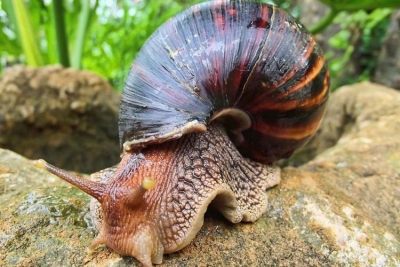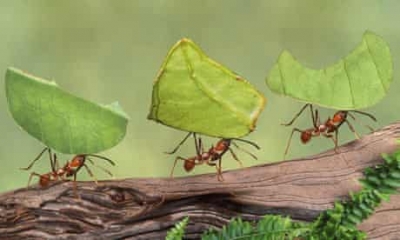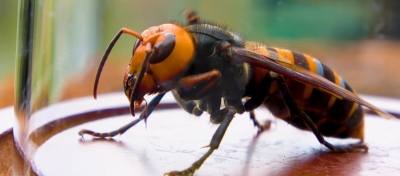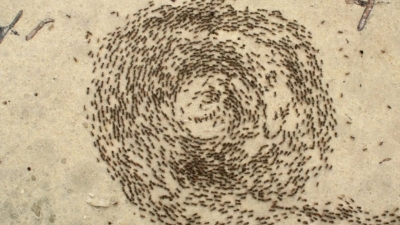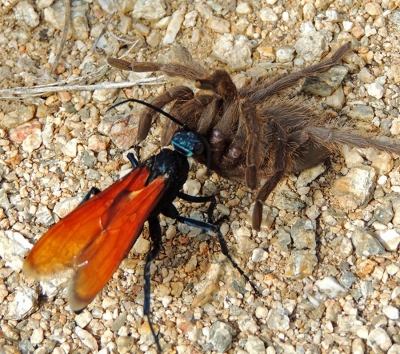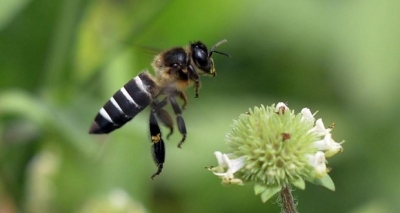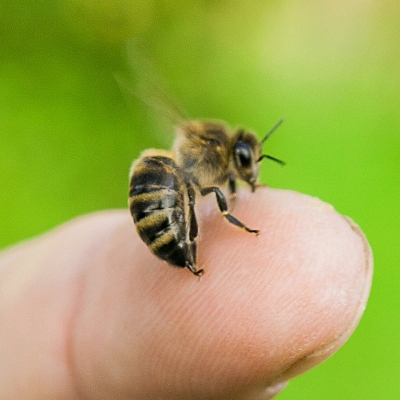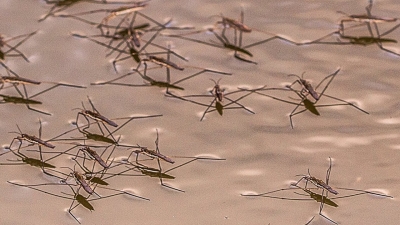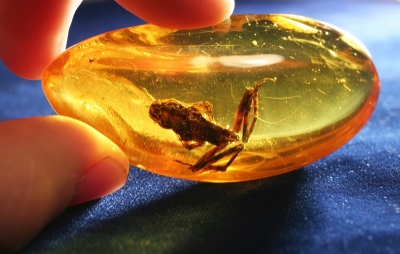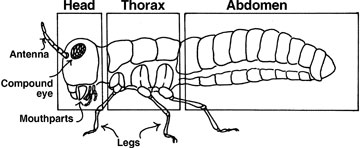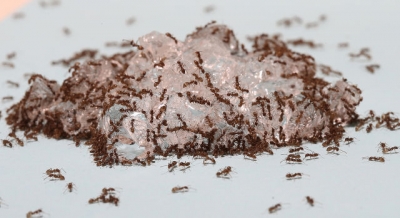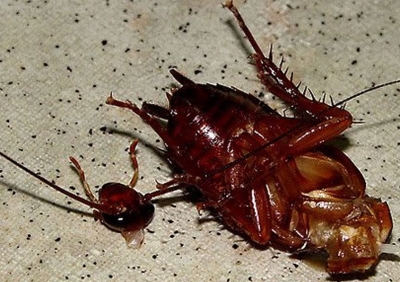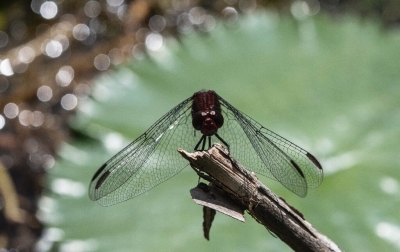
Is the destruction of wetlands driving out these magnificently colorful insects?
Dragonflies are very sensitive to changed in the environment .loss of the marshes swamps and free flowing rivers they breed in are some of the risk factors.
What a new report says...
The destruction of wetlands is driving a decline of dragonflies around the world with one sixth of species of the magnificently colorful insects threatened with extinction conservationists said on Thursday.
A report from the International Union for Conservation of Nature presented the first assessment of all 6,016 dragonfly and damselfly species globally, and found that at least 16 per cent of them risked going extinct.
What's driving the extinction?
The decline is a symptom of widespread loss of the marshes, swamps and free flowing rivers they breed in driven mainly by the expansion of unsustainable agriculture and urbanization around the globe, IUCN said in the update of its "Red List of threatened species.
"By revealing the global loss of dragonflies, today's Red List update underscores the urgent need to protect the world's wetlands and the rich tapestry of life they harbor. IUCN director general Bruno Oberle said in a statement
Why are wetlands disappearing?
Globally, these ecosystems are disappearing three times faster than forests. A report published three years ago by the Ramsar Convention on Wetlands found that 35 per cent of the world's wetlands were lost between 1970 and 2015, Wetlands store carbon, protect against floods and offer habitats for one in 10 of the world's known species.
What are the warning signs?
The welfare of dragonfly species is an especially good indicator for how the wetlands are doing.
"They're very, very sensitive to changes in the environment. And so that is an early warning signal to what's happening to wetland systems around the world." Craig Hilton-Taylor, who heads IUCN's Red List unit said.
He said a lack of data meant the true number teetering on the brink of extinction could be as high as 40 per cent.
Where the problems loom large...
The situation is particularly dire in South and Southeast Asia, where more than a quarter of all dragonfly species are threatened, IUCN said.
This is largely due to the clearing of wetland and rainforest areas to make room for crops like palm oil, it explained. Pesticides, other pollutants and climate change are also growing threats. AFP
The red list
- With the latest update, the Real List now includes assessments of 142,577 species of animals and plants, including 40.084 considered to be threatened with extinction.
- This marks the first time that the number facing the highest risk has passed 40.000
Picture Credit : Google

